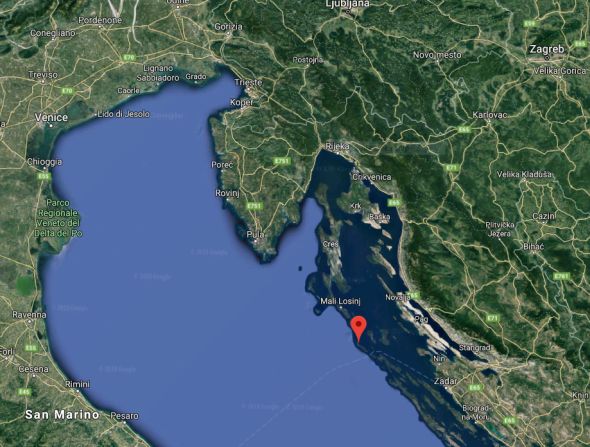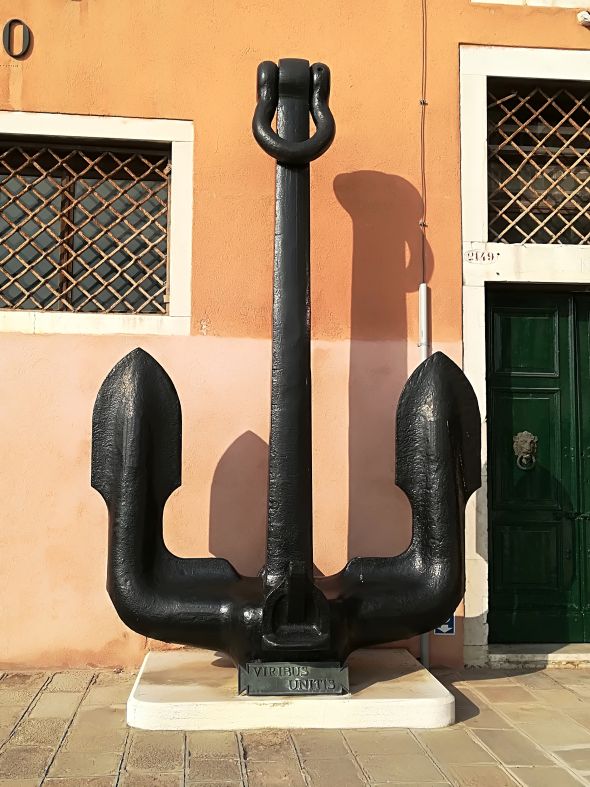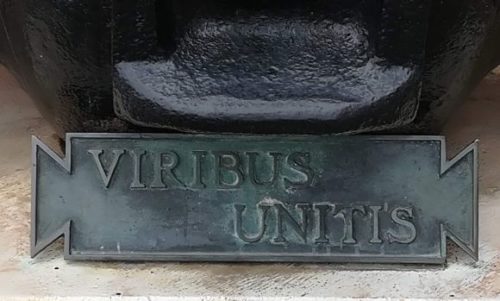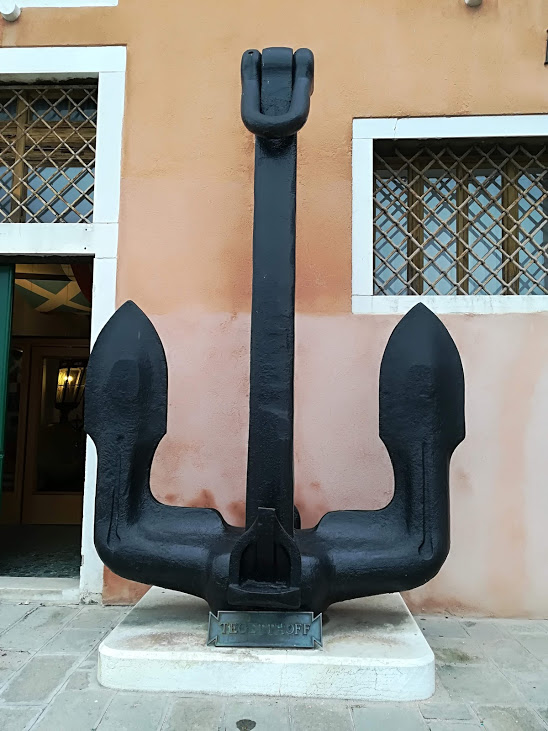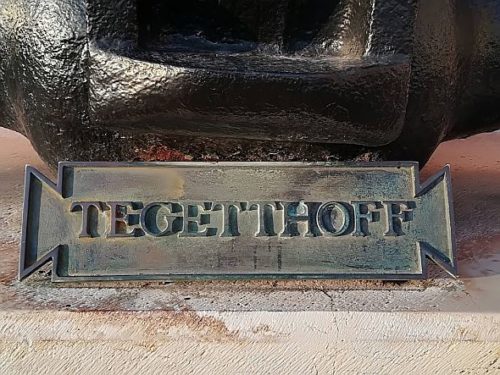
Lately I’ve set aside the subject of Italian naval triumphs in World War 1, but I can’t conclude my exegesis of Thaon de Revel’s document on the Victory Column without mentioning two of the most prodigious Italian naval exploits. It may not surprise you to learn that the extraordinary Luigi Rizzo was involved in the biggest one of all: The “Impresa di Premuda.” There is a reason why he came to be nicknamed “L’affondatore” (the Sinker, as in: He Who Sends Ships to the Bottom).
I’m not proposing that we dwell on the past, nor that we conduct a ceremony every day, but some things deserve to be stored somewhere further forward in our brains.
Third Exploit: The “Impresa di Premuda.” After the Beffa di Buccari, Luigi Rizzo was promoted to capitano di corvetta (lieutenant commander in US naval rank) and went back to his normal military duties. I doubt, though, that he gave any thought to his next assignment, or that it would launch him to more fame, more medals, and the establishing of the date, June 10, as the annual Navy Day. All this happened near Premuda, a Croatian island northwest of Zadar.
To set the scene: If the Italian navy had spent months patrolling the Adriatic without encountering an enemy ship, as per the remark on the Column, the Austro-Hungarian navy (I’ll just call it Austrian, for simplicity) hadn’t been much more productive.
The Allied forces had created a blockade across the Otranto Channel in 1915, and it effectively trapped the Austrians, keeping their 119 warships out of the action in the Mediterranean. (I will anticipate military experts’ comments by saying I’m aware that submarines were able to elude the blockade and were annoyingly effective at disrupting shipping. But both sides wanted to see something more decisive occur.)
On March 1, 1918, Admiral Miklos Horthy assumed command of the Austrian fleet; Thaon de Revel, the Italian admiral, correctly perceived this change as signifying some new plans, and that they would almost certainly have something to do with the blockade.
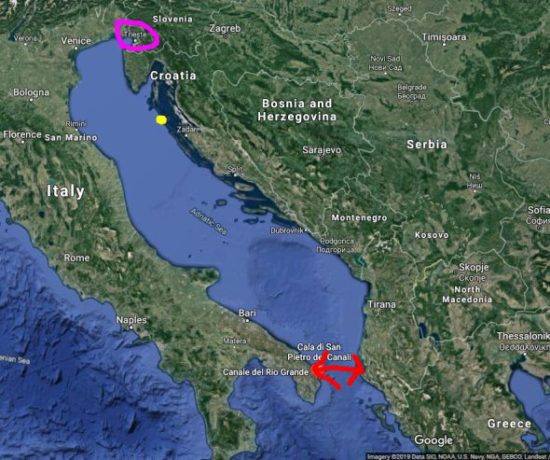
The Allied blockade had been a line of ships stretching 45 miles (72 km) from Brindisi to the Albanian coast just north of Corfu’. Battles and skirmishes ensued –the blockade was attacked 19 times — but the situation remained unresolved until 1918, when the Allies managed finally to stretch a physical blockade of nets and buoys across the entire channel. The Austrians had had enough, and were determined to settle the matter.
So in June, 1918, Admiral Horthy decided to dedicate most of his fleet to an all-out attack on the blockade. I won’t list all the components, which were many, but the stars of the operation were four monster dreadnoughts, the largest and most modern yet constructed: Tegetthoff and Szent Istvan (Santo Stefano) together with an escort, and Prinz Eugen with Viribus Unitis deployed nearby. What could possibly go wrong?
At 10:30 PM on June 8, the Austrian fleet left its safe harbors and began steaming down the Adriatic toward their intended surprise attack. They were a little behind schedule, but everything was going well until 3:00 AM on June 10 as Szent Istvan and Tegetthoff neared the island of Premuda. Luigi Rizzo saw them first.
Rizzo, together with MAS 21 (Giuseppe Aonzo commanding) was at the end of a routine patrol; his orders were to stay near Premuda until 2:00 AM on June 10, and after dawn to rejoin his support destroyers. They, like their commanders, knew nothing of the Austrian fleet’s approach (hence “surprise,” as noted).
At 3:15 AM, the Austrian convoy began to traverse the zone that the two MAS had been patrolling, at which point Rizzo descried, through the darkness, an enormous cloud of black smoke. He immediately realized it had to be coming from enemy ships. As he reported later, “I decided to profit by the uncertain light to prevent an attack and so I reversed my course, followed by MAS 21, toward the enemy. As I got closer, I realized that we were dealing with two huge ships escorted by 8 to 10 destroyers…”.
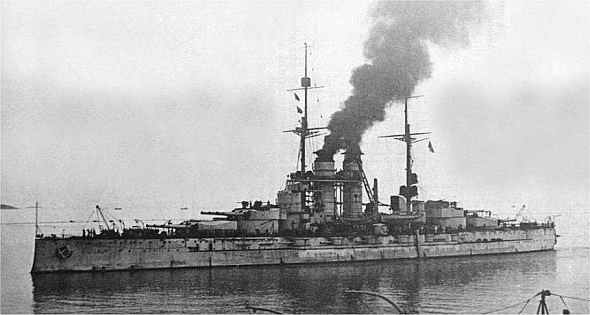
Did Rizzo contact his superiors to request orders? Did he call a committee meeting to discuss options? Did he ask himself if he was dreaming? Of course not. As he said, he turned around and began to move toward them, slowly, to avoid creating any telltale white wake, aiming straight between the two destroyers at the head of the convoy which were protecting Szent Istvan and Tegetthoff.
Naturally no Austrians had been on the lookout for any insane little Italian torpedo boats, so Rizzo managed to get as close as 300 meters (984 feet) from Szent Istvan‘s starboard side when he launched both of his torpedoes. They struck mortal blows to the massive ship; water penetrated the engine rooms at bow and stern and fire broke out in the boiler room. As Rizzo fled, the nearer destroyer immediately opened fire and began to pursue him; Rizzo, out of torpedoes, launched two anti-submarine bombs, one of which exploded and the destroyer desisted.
Aonzo, on MAS 21, was less fortunate; his torpedo struck Tegetthoff, but didn’t explode. But he too escaped the pursuing destroyer.
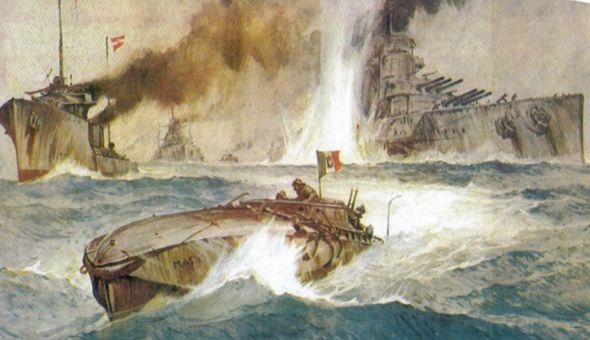

At 6:05 the 21,700-ton Szent Istvan, pride of the Austrian navy, began to list and after desperate attempts to keep her upright, finally capsized and sank beneath the waves.
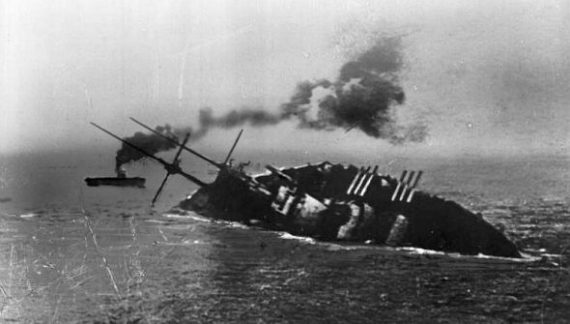
https://www.youtube.com/watch?v=fYkMGom8KSg
At 7:00 AM the two MAS were in Ancona and the secret enemy attack was no longer a secret. Seeing that the Austrians had been counting on surprise as their greatest weapon, Admiral Horthy ordered the entire convoy to turn and head back toward home and safety. The Tegetthoff reached Pola at dawn the following day, June 11, and the squadron accompanying Viribus Unitis/Prinz Eugen pulled in at 7:00 PM. For the Austrian fleet, the war was over; the stunning psychological blow meant that their ships never left port again.
Let me pause to let all that sink in. A couple of men and two little boats not only brought the Austrian fleet to a complete halt, they thereby altered the Allied naval plans and operations in the entire Mediterranean. Not as dramatic as an all-out battle, but they got the job done in less time and with a lot less waste of everything.
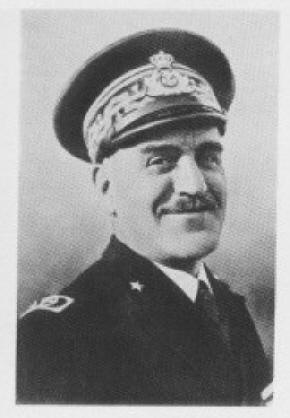
Rizzo was honored by the King of Italy with the Knight Grand Cross of the Military Order of Savoy, but because of his republican ideals he politely declined. He was decorated instead with the Gold Medal of Military Valor (not his first), and reported for duty the next day, I expect.
By the time his career concluded in 1941 he had risen to the rank of admiral, and had been given the victory title of Count of Grado and Premuda. France awarded him the Croix de guerre and made him a knight of the Legion of Honor; the United Kingdom bestowed the Distinguished Service Order; the United States gave him the Navy Distinguished Service Medal.
But it gets better. Admiral Miklos Horthy, commander-in-chief of the Austrian fleet in World War 1 and leader of the convoy headed by the Szent Istvan, became Regent of the Kingdom of Hungary, and awarded Rizzo the Royal Hungarian Order of Saint Stephen. Worthy adversaries, both of them.
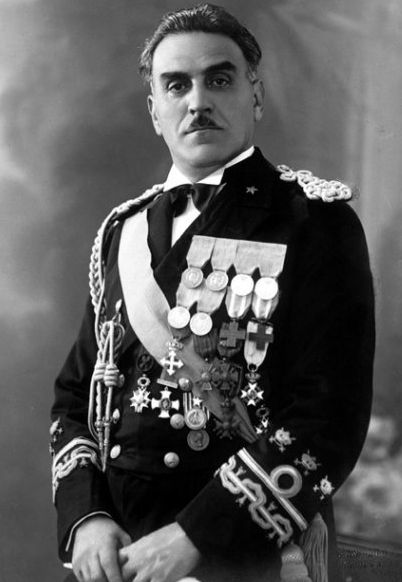
Fourth Exploit: The “Impresa di Pola.” This feat does not involve Luigi Rizzo, but don’t stop reading because of that.
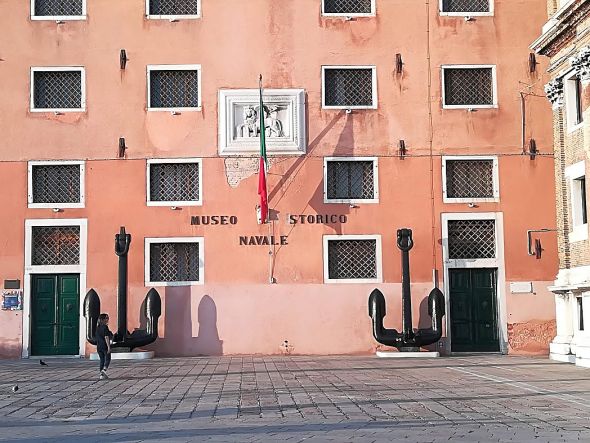
To recapitulate: After Rizzo put paid to the entire Austrian fleet, the three remaining monster battleships of the failed June expedition were harbored in Pola. As 1918 progressed, the Austrian government began to focus on the prospect of defeat, and on October 31 officially transferred Viribus Unitis, renamed Yugoslavia, to the newly formed State of Slovenes, Croats and Serbs in order to avoid having to surrender the ship to the Allied powers.
Their satisfaction in so cleverly depriving the enemy of this prize was short-lived, because 24 hours later two dauntless Italian naval officers slipped into the harbor at Pola and rendered the magnificent vessel, bearing whatever name you want, null and void.
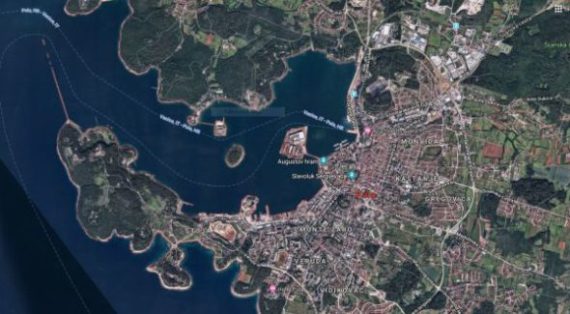
The timing of this adventure was unfortunate, as negotiations were underway toward an armistice which was signed at the Villa Giusti near Padova on November 3, 1918; the ceasefire was to go into effect November 4. But over on the Adriatic it was still war until further notice.
So on the night of November 1, 1918, Raffaele Paolucci and Raffaele Rossetti each took hold of a new device called a mignatta, an ingenious motorized underwater torpedo-like cylinder (constructed in the Arsenal in Venice) which rapidly carried them underwater past sentinels, patrol boats and even a submarine. After six hours in the water, they were finally close to the Viribus Unitis. At 5:30 they managed to attach the 200-kilo bomb to the ship’s hull, programmed to explode at 6:30. No escape, though — searchlights found them and they were captured.
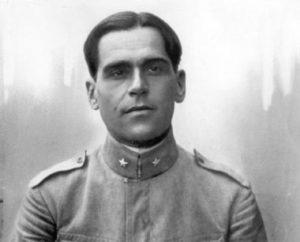
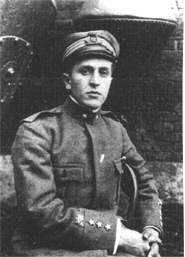

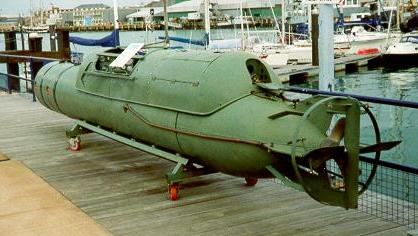
At 6:00 they advised the commander of Viribus Unitis that the ship was mined and would explode at 6:30; the crew was ordered ashore, Paolucci and Rossetti were sent as prisoners to the nearby Tegetthoff, the bomb didn’t explode, the crew returned, and the bomb detonated at 6:44 leaving 300 men either dead or lost, including the captain, and sinking the ship (obviously).
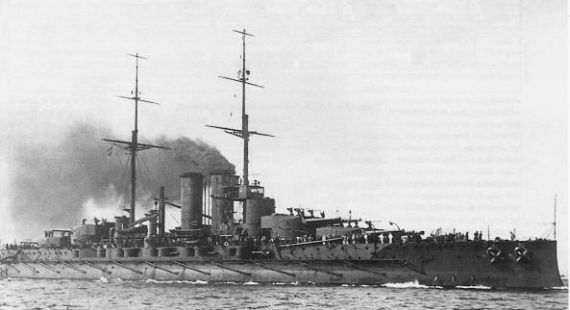
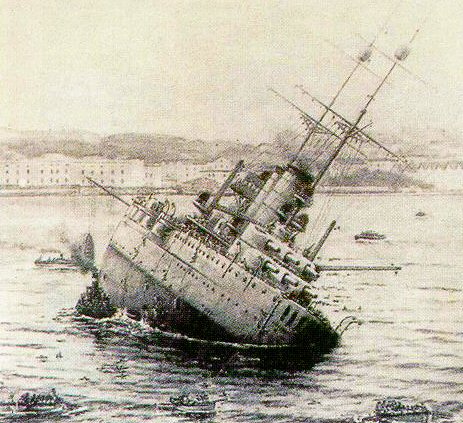
On November 5 the Italian Royal Navy occupied the port of Pola and freed Paolucci and Rossetti.
The fate of the dreadnoughts: Szent Istvan was gone forever; the wreck of the Viribus Unitis was salvaged and broken up between 1920 and 1930; Prinz Eugen was ceded to France where she was sunk as a target ship in 1922; and the Tegetthoff was given to Italy and scrapped between 1924 and 1925.
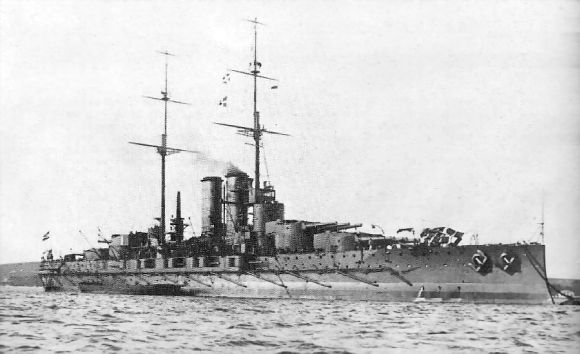
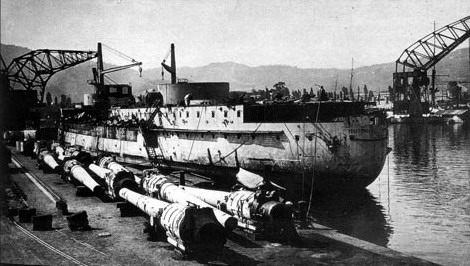
Luigi Rizzo died in 1951, two months after an operation to remove a tumor on his lung. The surgeon was none other than his friend and fellow dreadnought-slayer, Raffaele Paolucci.


